When times get tough, the fish and chip industry gets inventive. We speak to six leading operators to find out how they’re navigating the current economic climate
George Morey, Knights Fish Restaurant, Glastonbury, Somerset
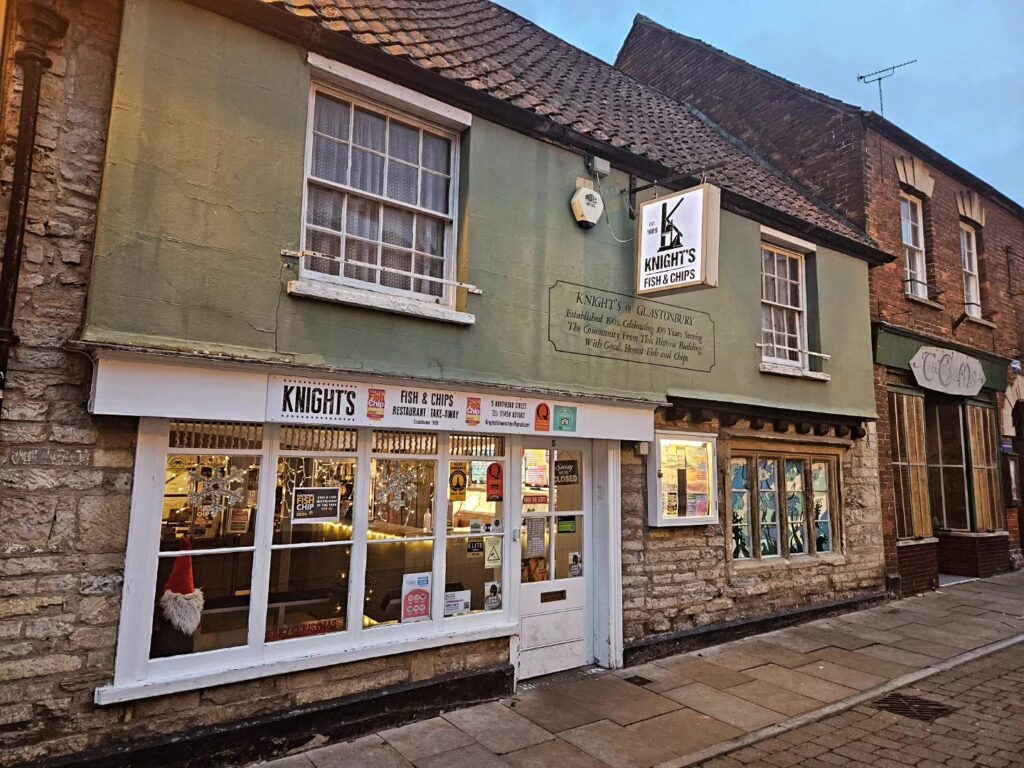

“The increase in NICs and minimum wage has not had a massive impact on us as we employ lots of part-time people, and our hours are relatively minimal compared to most restaurants. We’re not open all day, every day – we close between lunch and dinner – and we have Sundays off. Having said that, it’s still plus £10,000 for our business to find without selling anything!
We haven’t cut hours, but we’re certainly watching our rotaring system more closely and asking ourselves, “Can we manage with one less person this weekend if there’s an event on?” We’ve got a lot of younger staff on zero-hour contracts, and we’ve made arrangements with a few of them to be on standby if we need someone last-minute. They’re local, so it works well in a pinch.
Something we are doing is promoting pre-orders through our online ordering system, and we are seeing a lot of gain through that. Customers can order weeks in advance if they want to. This gives us a better idea of what to expect and how many staff we will need. Also, the pre-orders that come through may have some fresh products on them, so we know what fresh products we need to prep so we can plan better.
We run a very tight reservation system here, too. We can restrict our reservations, we can block tables, or we can reduce our ordering capacity online and things like that, not necessarily to restrict our flow of sales, but to manage them so we don’t get overwhelmed.”
Tiffany Irvin, The Fish Works, Largs, Ayrshire
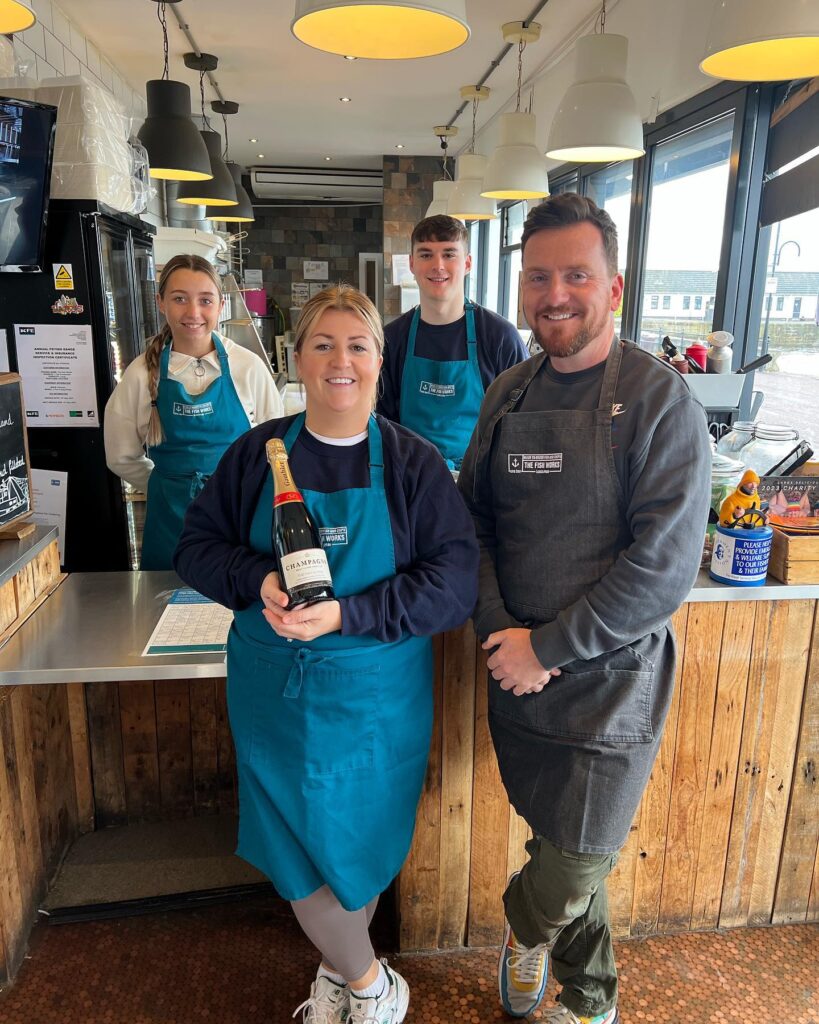
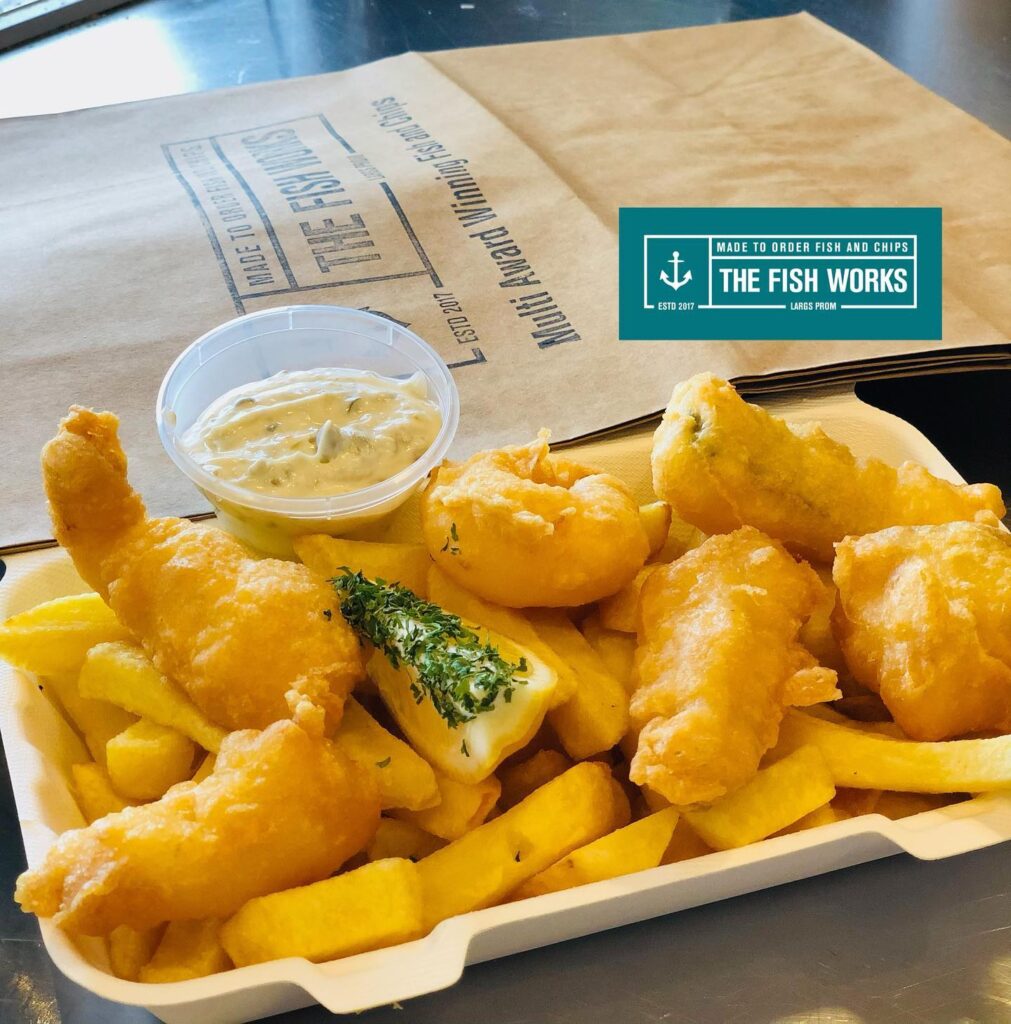
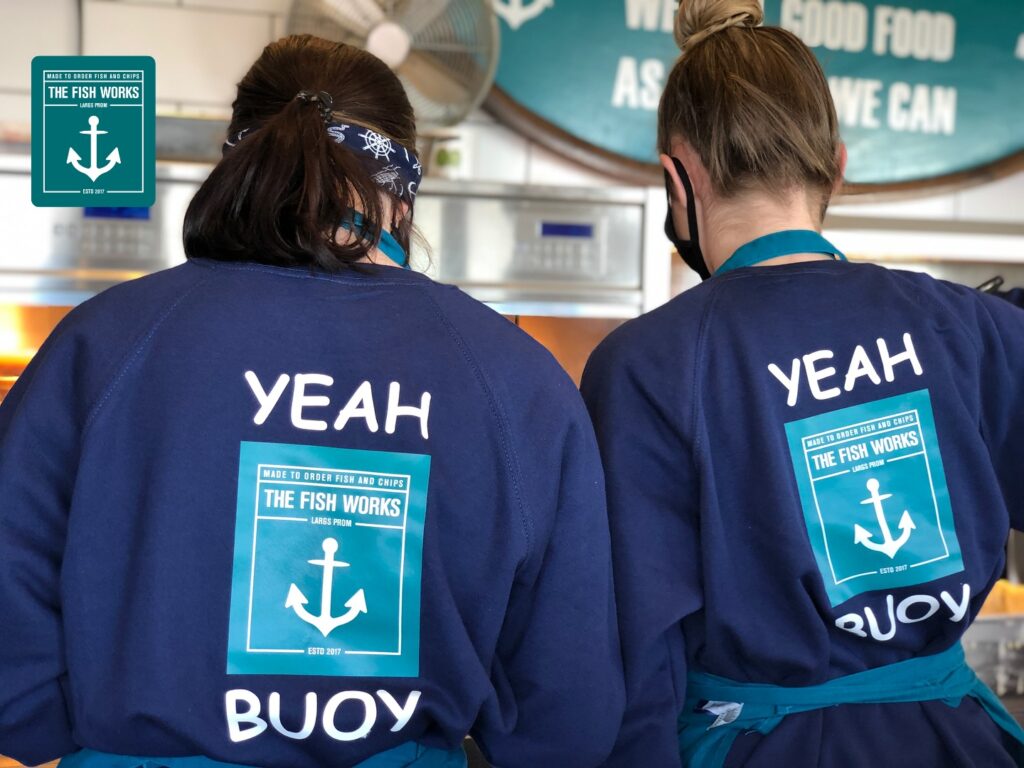
“We’ve been holding more regular team meetings lately – more than usual – to stay on top of costs and remind everyone that we simply can’t afford to lose profits right now.
Portion control has been a key focus again. We noticed a few team members adding an extra quarter scoop of chips here and there, which adds up. We’ve created short videos to reinforce correct portions and shared them in the staff WhatsApp group. Crab-loaded chips in particular have been flagged as some were going out with far too much crab, which is one of our most expensive ingredients.
We’ve reviewed other areas, too, like packaging. Switching bags saved just a couple of pence each, but over thousands, it makes a difference. We’ve also chased suppliers for better prices and managed to make savings there. These are things that two years ago we wouldn’t have thought about doing.
We’ve been honest with the team about wage bills and told them that if we’re not profitable, we can’t guarantee hours. That’s why customer service is crucial. A missing sauce in a click & collect order means a refund, plus a 10% discount next time, which is a hit to our bottom line.
We’ve also talked about upselling and profit margins. Items like sauces, mushy peas and tartare sauce have better margins than a haddock supper, so we’re encouraging the team to offer things like sweet chilli sauce with king prawns.
We absolutely support the recent wage increases – our staff are worth it – but the extra costs being added on by the government are making things tough. It’s all the added overheads that are making hospitality harder than ever.”
Geoff Whitehead, Whiteheads Fish & Chips, Hornsea, East Yorkshire

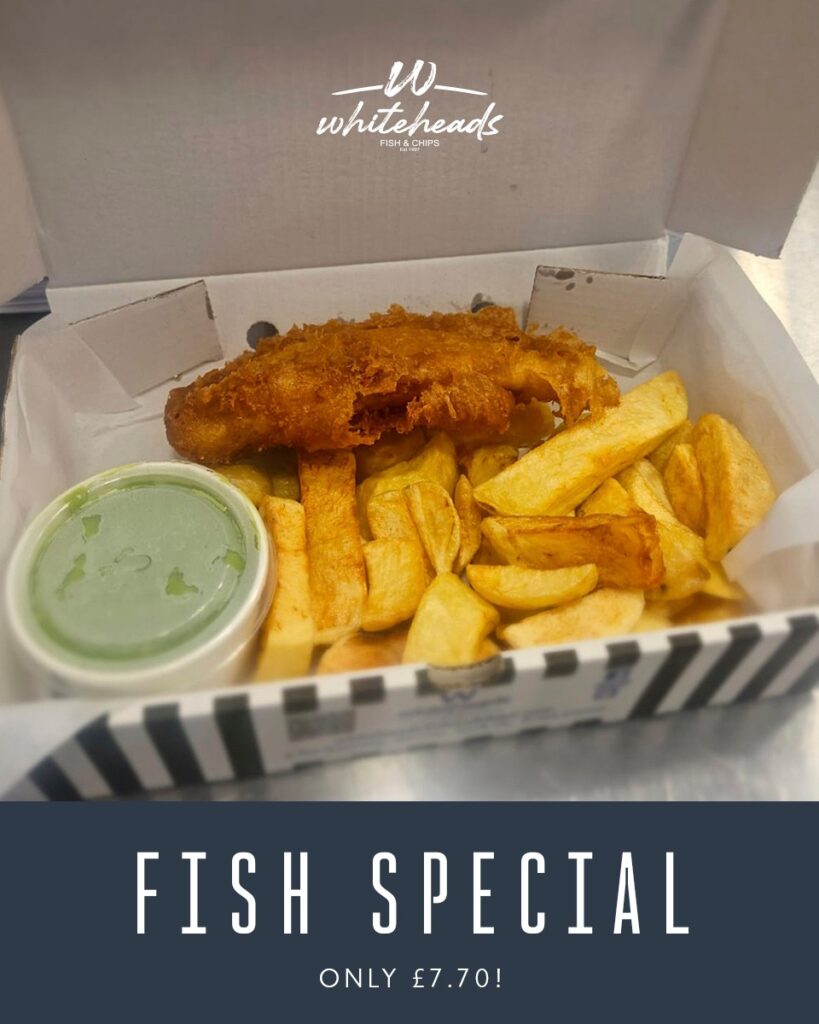
“We are definitely not as busy as we usually are, and as a result, fish sales are down 15% but sausage sales are up because it’s a more affordable option. Our regular haddock and chips to take away is £10.95, and for some, that is too expensive now. I’ve tried adding coley but my customers are not interested in the slightest, so what I have put on is what’s called an all-day special. It’s a smaller 5-6oz haddock with chips and a side of the customer’s choice for £7.70, and that’s going extremely well.
I’m also five staff down on this time last year, because the customers are not there. It’s the worst start to the summer holidays we’ve had for over 20 years, and that’s because the British public have been squeezed tighter and tighter, and now we’re seeing the push back.
The increase in National Insurance contributions added about £20,000 to my costs, and the increase in the living wage another £30,000 easily. I have put prices up, but I’ve done it just on the chips. So every time fish goes up, I’ve put 10p on chips, which are now £3.30 for a regular portion, that’s up from £2.80 this time last year. Chips sell the most, and I need to claw some money back with the top seller. My solar panels are helping; they are saving me £600 a month in electricity. I’ve had those for nearly three years, and by next year, they will have paid for themselves.”
Chris Hendren, The Fryery, Carlisle, Cumbria
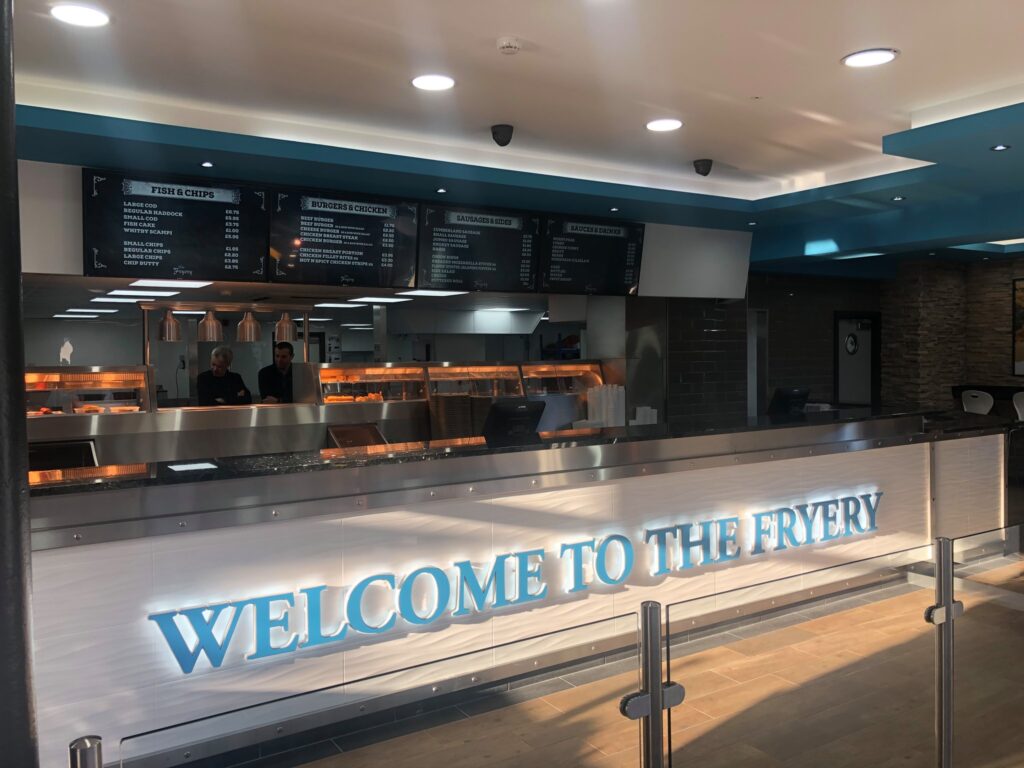
“I love my job and I’m a positive person, but I have to say I’m finding it difficult to keep smiling. Every day seems to be getting harder and harder. We’re busy, don’t get me wrong, but the profit margins aren’t there.
I’m an operator who has their finger on the button 100%, all the time, because I’m in the business all the time, and I’ve always been like that. So there’s not a lot more I can change that’s in my control. I have introduced a mini fish deal, which is far more affordable, and it’s worked well for us. It’s a regular fish cut in half with chips and a sauce for £6.50. I’ve got my own branded packaging, so I’ve had a smaller box made for it. That is available all day in-store, online and on Deliveroo. I just want to see more customers coming through the door. We can’t keep putting up prices as customers don’t have the money, but we can’t keep taking the hit ourselves.”
Kyri Karoulla, Brockley’s Rock, Brockley, South London
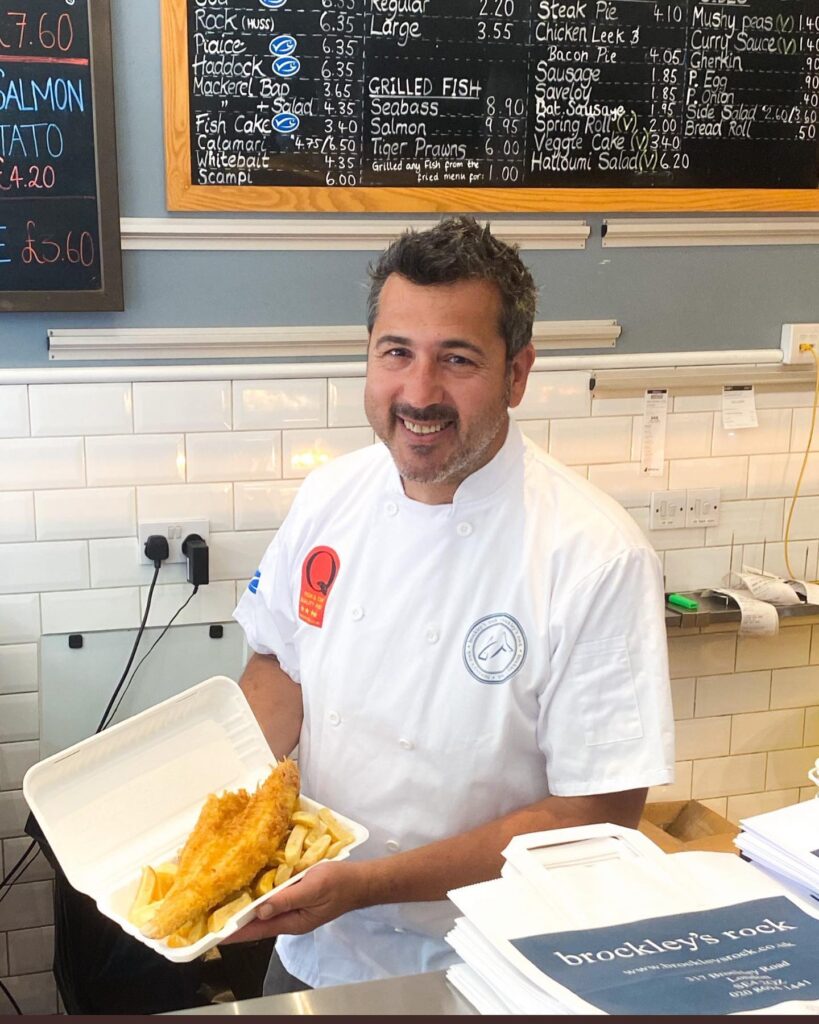
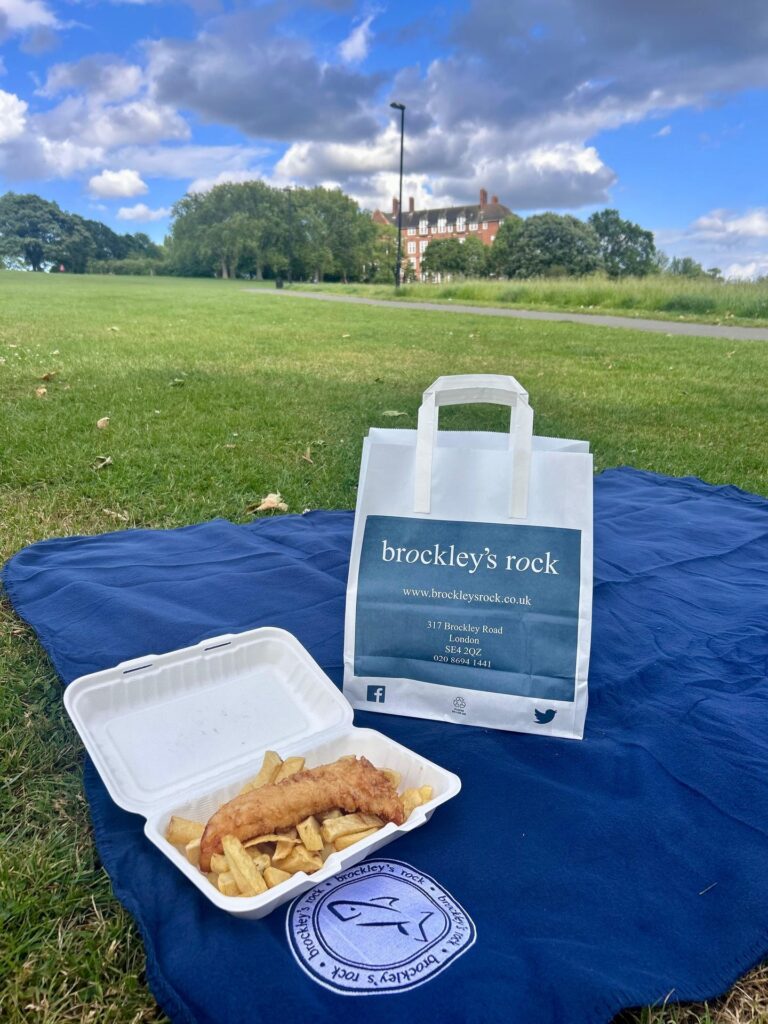
“It’s definitely a tough time for the industry, but we’re doing everything we can to manage the rising costs without compromising on quality or service. We’ve had to put our prices up slightly — our regular fish and chips is now £10.30, up from £9.55. We tried to keep it under £10, but it wasn’t possible any longer. Since doing that, we have noticed more customers choosing smaller portions or our kids’ meals, which are still a decent size.
We haven’t cut back on staff or opening hours because we need to stay prepared for busy periods. If we’re understaffed, service suffers, and that’s not fair to customers. Instead, we’re focusing on reducing waste — using as much of the fish as possible, turning offcuts into fishcakes or bites, and making sure nothing goes to waste.
In the next couple of weeks, we are trialling Norwegian saithe as a more affordable option. We’ll start by offering small complimentary bites so people can try it, and if it goes well, we’ll add it to the menu as a special and price it a couple of pounds cheaper than cod.
At the end of the day, we’re here for the customers. We’ll keep doing what we do, be as careful as we can, and just hope people keep coming through the door.”
Strad Kyriacou, Chris’s Fish & Chips, Barwell, Leicester
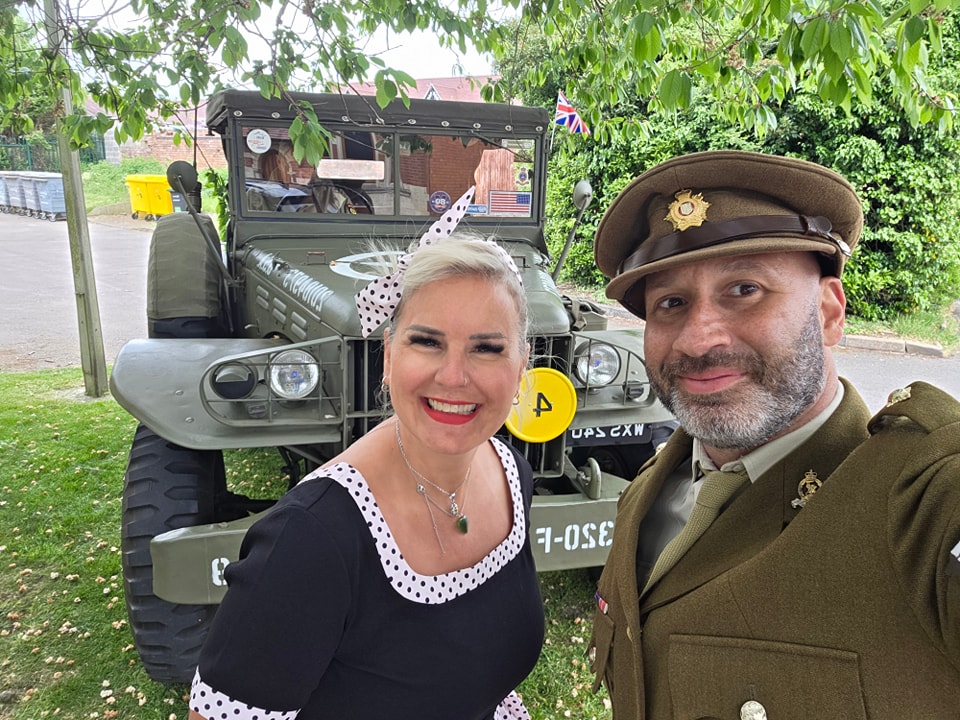
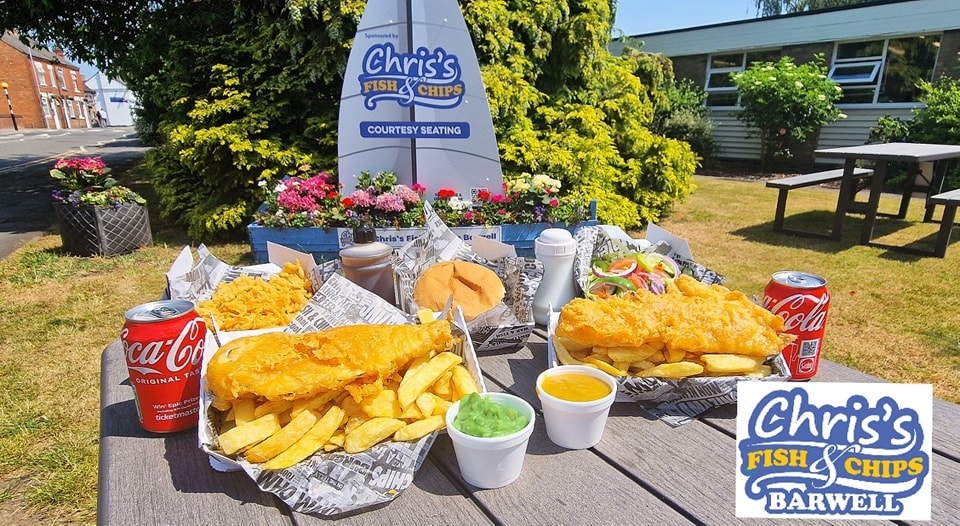
“We’ve had to adapt quite a bit lately, but we’re doing it smartly. We’ve streamlined our team – not by letting anyone go, but by not replacing roles as people move on. At the same time, we’ve made operations more efficient, simplified the menu, and introduced new products using the same ingredients we already stock. For example, we’ve added gyros – lighter portions with less meat and more salad, and chips – and sell them at a lower price point. Greek food’s popular right now, and it helps with margins.
We’ve also looked at ways to be clever with what we already do. Chips are a base for lots of things, so we’ve pushed loaded fries with sauces, cheese, jalapeños – simple add-ons with good returns. We’ve even done ‘munch boxes’, basically mixing items we already sell but presenting them in a pizza box, which increases perceived value.
Marketing’s been huge for us. We’re doing a lot on social media, and recently we got Facebook verified, which cut out the scammers, and now we’re monetising our posts. A good post can reach over 200,000 people and earn us £120 in revenue. We run competitions, community posts, and push the value-for-money angle of fish and chips compared to other cuisines. We also focus on educating younger generations and newcomers about what we offer.
Behind the scenes, we’ve invested in energy efficient equipment, moved to cook-to-order, and optimised packaging. We still wrap our food in paper as it’s cheaper, but if a customer wants a box, they pay for it. Customers appreciate having that choice, and it can save families a few quid.
In short, you’ve got to innovate, make your menu more enticing and get the word out there because the market is so crowded. When I started with Just Eat during the pandemic, there were nine other operators in my postcode on there; now there are 150! But there’s still plenty of trade out there, you just have to be clever about bringing it in.”










